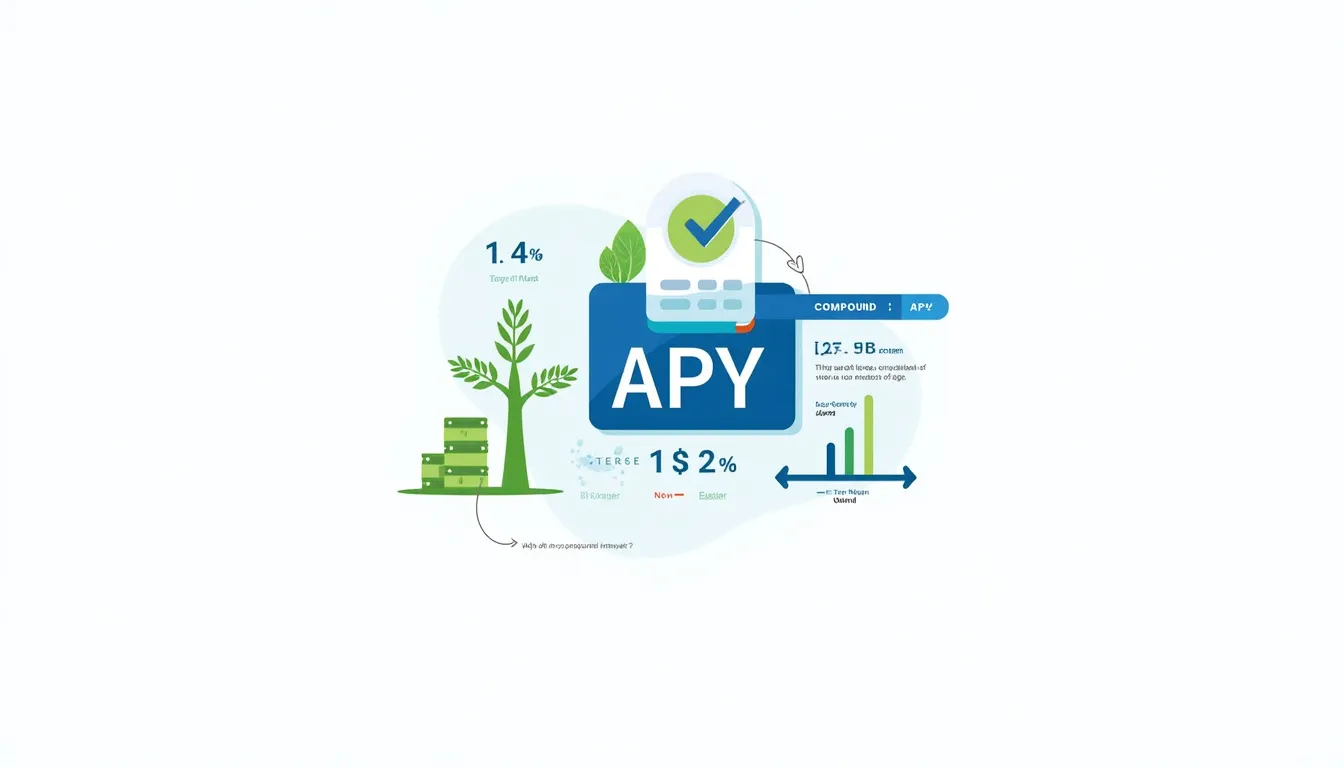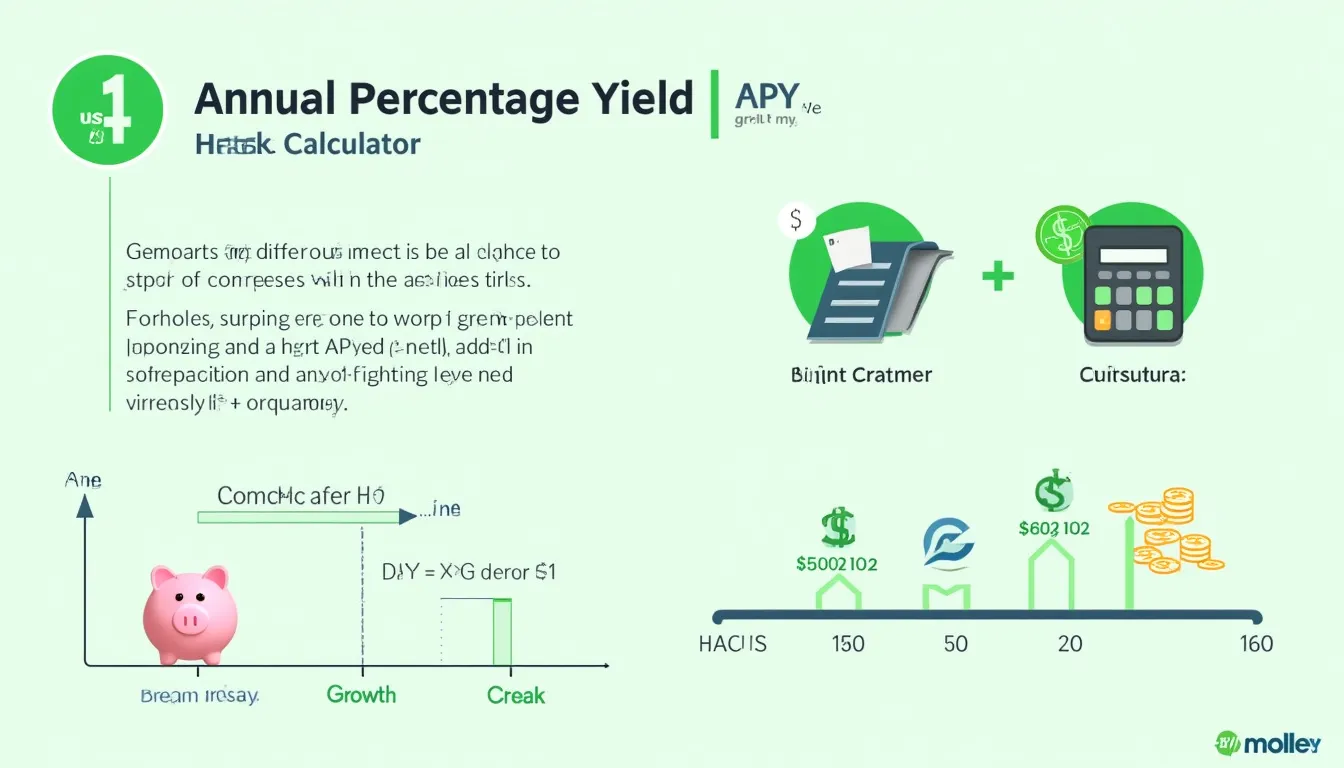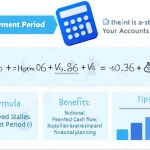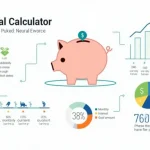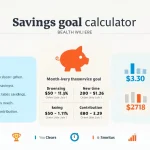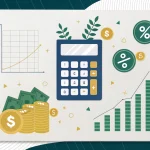Annual Percentage Yield (APY) Calculator
Is this tool helpful?
How to use the tool
- Enter the stated annual rate (%)
• Example A: 2.80 %
• Example B: 5.20 % - Enter times interest is compounded per year
• Example A: 12 times (monthly)
• Example B: 4 times (quarterly) - Press “Calculate” to view the effective APY instantly.
- Compare results with other accounts or investments to spot the best real return.
Formula used
$$ APY \;=\;\left(1+ rac{r}{n}\right)^{n}-1 $$ r = stated annual interest (decimal), n = compounding periods per year.
Checked example calculations
- 2.80 % compounded monthly (12)
APY = (1 + 0.028/12)12 − 1 = 2.84 %. - 5.20 % compounded quarterly (4)
APY = (1 + 0.052/4)4 − 1 = 5.28 %.
Quick-Facts
- Typical compounding options: annually, semi-annually, quarterly, monthly, daily (Federal Reserve, 2023).
- FDIC national average savings rate: 0.45 % APY, May 2024 (FDIC Data Release, 2024).
- Minimum APY disclosure required by law: $≥$0.01 on interest-bearing accounts (Regulation DD, §1030.4).
- Maximum practical compounding frequency: 365 × per year for daily crediting (Bank of America Terms, 2024).
FAQs
What is APY?
APY is the yearly rate of return that includes the effect of compounding, enabling apples-to-apples comparison of interest-bearing products (SEC Investor Ed, 2023).
How does compounding frequency raise returns?
More periods mean interest earns interest more often; daily compounding on 6 % boosts yield to 6.18 %, versus 6.00 % annually (Investopedia, 2024).
How do I compare accounts with different terms?
Calculate each APY, then pick the higher figure; Regulation DD calls APY “the uniform yardstick” for deposit products (Federal Register, 2022).
Is APY ever lower than the nominal rate?
No. Compounding can only match or exceed the stated rate; equality occurs when n = 1 (Cornell Law School, 2024).
Which compounding schedules are most common?
Banks usually credit interest monthly; many CDs compound daily but pay monthly (NerdWallet Guide, 2024).
Why must banks publish APY?
“Consumers need a single figure showing total return,” states Regulation DD preamble (Federal Register, 2022).
How accurate is this calculator?
It uses double-precision math and rounds to two decimals, matching standard banking disclosure rules (ISO 20022, 2023).
Can I use it for CDs or bonds?
Yes—any fixed-rate instrument with known compounding fits the same formula (FINRA Bond Basics, 2023).
Important Disclaimer
The calculations, results, and content provided by our tools are not guaranteed to be accurate, complete, or reliable. Users are responsible for verifying and interpreting the results. Our content and tools may contain errors, biases, or inconsistencies. Do not enter personal data, sensitive information, or personally identifiable information in our web forms or tools. Such data entry violates our terms of service and may result in unauthorized disclosure to third parties. We reserve the right to save inputs and outputs from our tools for the purposes of error debugging, bias identification, and performance improvement. External companies providing AI models used in our tools may also save and process data in accordance with their own policies. By using our tools, you consent to this data collection and processing. We reserve the right to limit the usage of our tools based on current usability factors.
